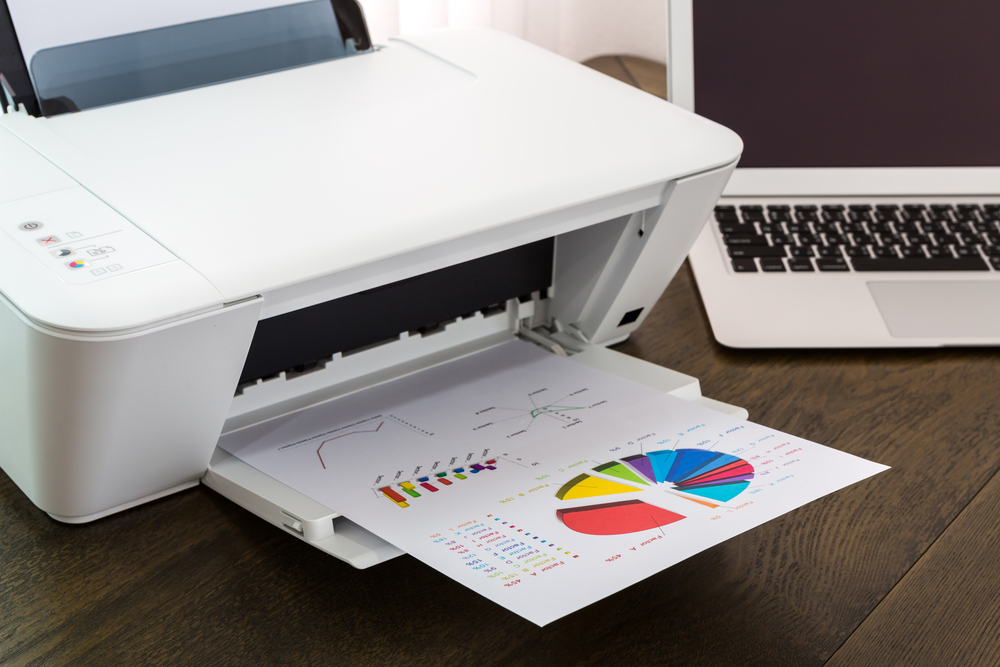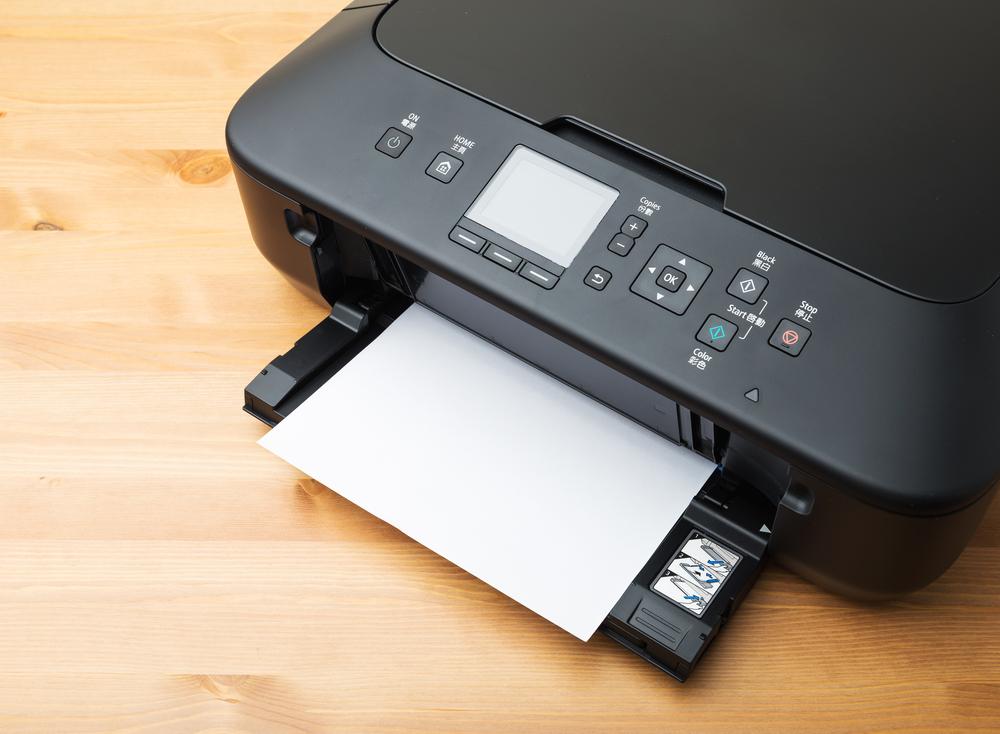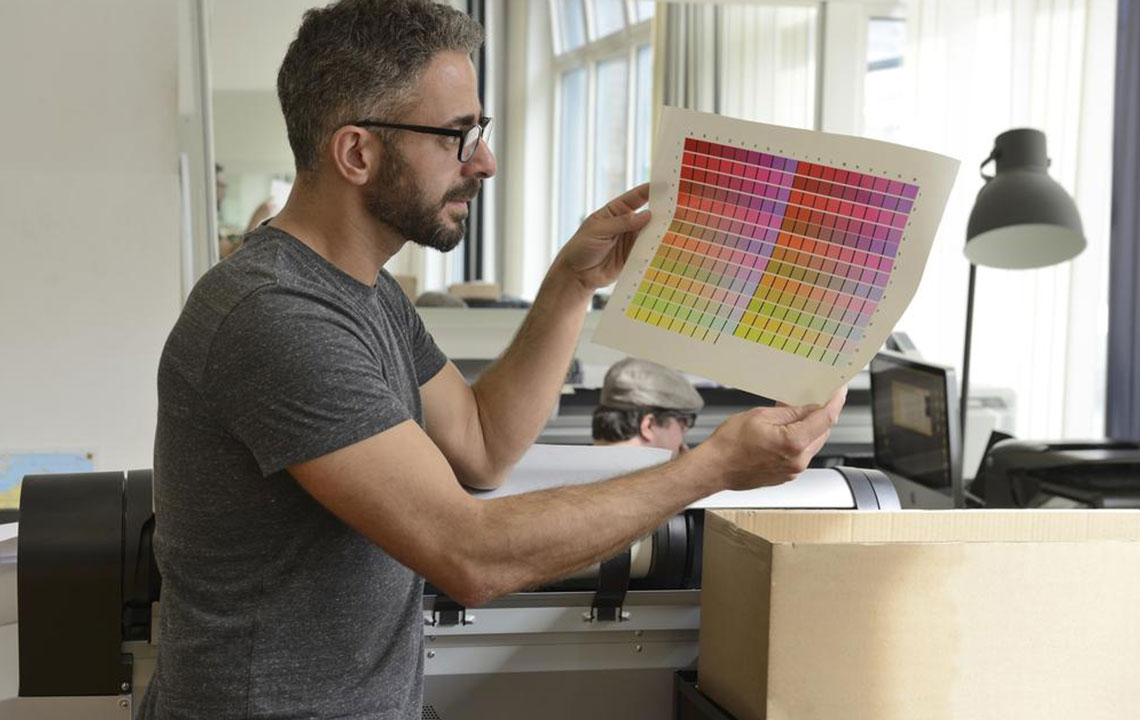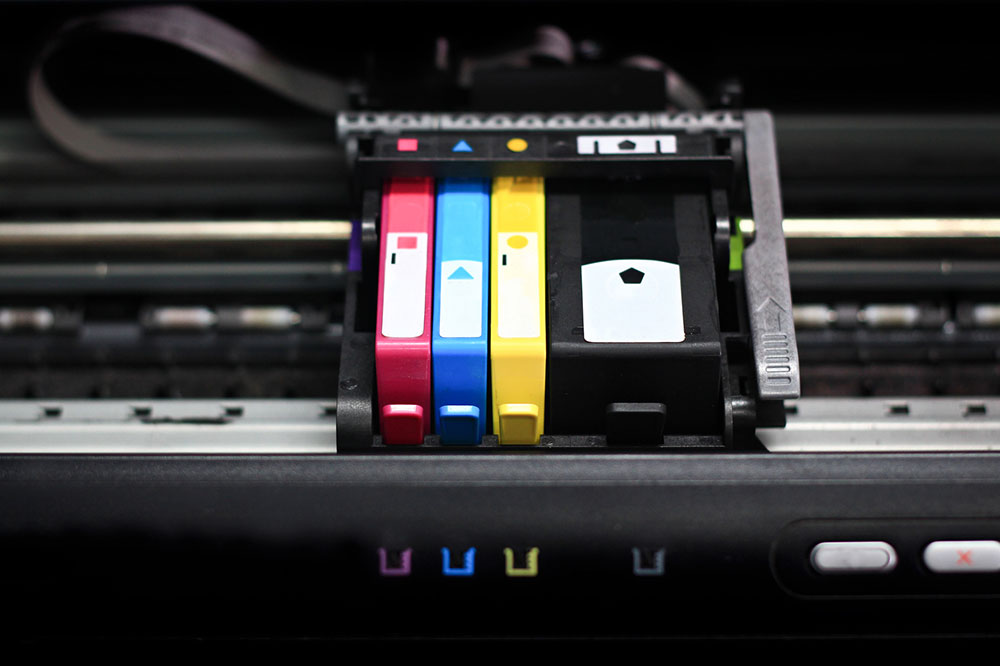Comprehensive Overview of the Limitations and Challenges of Color Laser Printers
This comprehensive guide explores the key limitations of color laser printers, including their high initial costs, maintenance expenses, warm-up delays, and bulky size. It provides valuable insights for consumers and businesses to make informed purchasing decisions, balancing benefits against potential challenges to ensure the right printer choice for their needs.
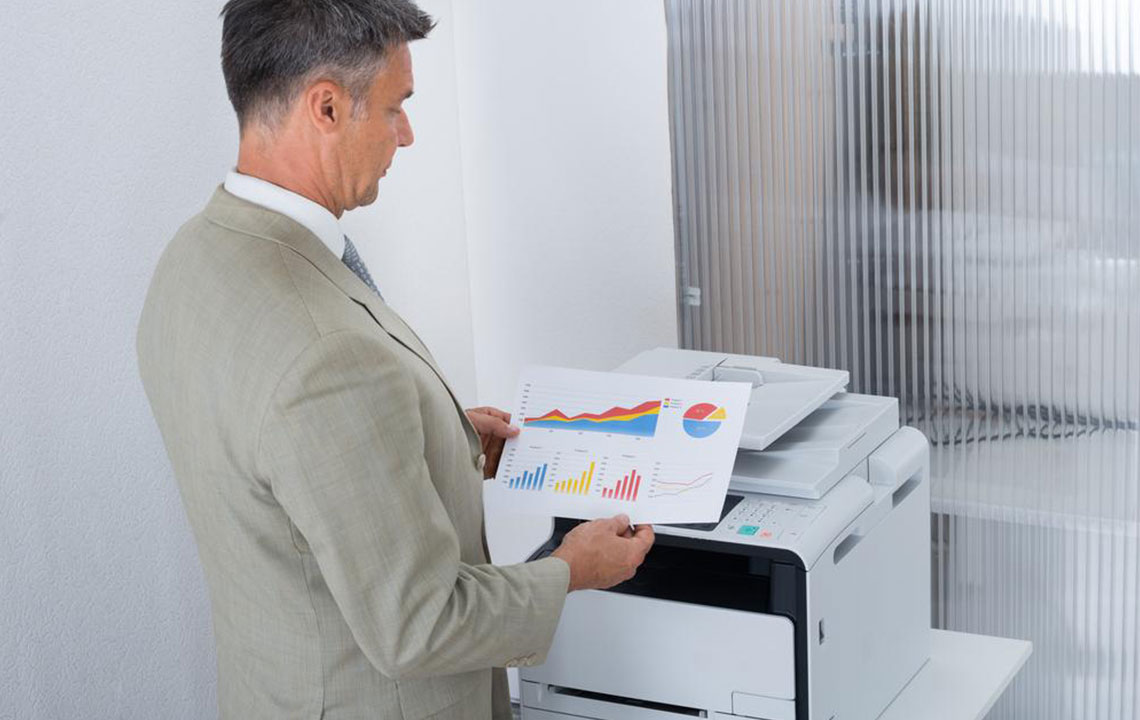
Comprehensive Overview of the Limitations and Challenges of Color Laser Printers
Color laser printers have become a staple in many workplaces and household setups, admired for their remarkable speed, high-quality color output, and efficiency in handling large-volume printing tasks. However, despite their numerous advantages, these devices come with certain drawbacks that potential users should carefully consider before making a purchase. Understanding both the benefits and limitations of color laser printers can significantly influence your buying decision, ensuring the device aligns with your specific printing needs and budget constraints.
This detailed exploration aims to shed light on the most common challenges associated with color laser printers, providing insights that can help both individual consumers and businesses make informed choices. From cost considerations to technical limitations, we delve into the key factors that might impact your overall satisfaction with this technology.
Higher Initial Investment Cost
One of the primary concerns when opting for a color laser printer is its considerably higher purchase price compared to traditional inkjet printers. This elevated cost stems from advanced hardware components, faster processing speeds, and more durable printing capabilities. For small businesses, startups, or individual users with limited budgets, this initial financial outlay may be a significant barrier. However, it is important to weigh the cost against the long-term benefits such as faster printing, higher volume capacity, and superior print quality which can offset the higher initial expenditure over time.
Ongoing Maintenance and Operational Expenses
While laser printers generally exhibit lower ongoing costs per page compared to inkjet models—thanks to the longer-lasting toner cartridges—they still incur expenses related to toner refills, drum replacements, and regular maintenance. High-quality toner cartridges, especially branded ones like HP’s, can be quite costly upfront but tend to provide substantial print volumes, reducing the frequency of replacements. Despite these high-quality consumables, managing the monthly operational costs is essential for routine budget planning, particularly for high-volume printing environments where toner consumption can become significant.
Warm-up Time and Printing Delays
Unlike inkjet printers, laser printers require a warm-up period before they are ready to print. When the device is powered on, internal components heat up to ensure the proper functioning of the laser and toner fusion process. Although this warm-up time is typically a matter of seconds to a minute, it can lead to delays in urgent printing scenarios. Moreover, in busy office environments where multiple print jobs are queued, this initial delay may accumulate, affecting overall productivity. Additionally, the heat generated during operation might elevate room temperature, which could be a concern in smaller or poorly ventilated spaces, impacting comfort and equipment performance.
Bulk and Portability Challenges
Color laser printers are intrinsically bulky and weighty due to their complex components and sturdy construction designed for high-volume use. This heftiness makes them less suitable for mobile or flexible workspace needs, particularly for those who require portable printing solutions. Unlike portable inkjet models that can be easily carried around, laser printers are mostly fixed installations, requiring dedicated space. If mobility or space constraints are concerns, this characteristic can be a significant disadvantage, prompting users to reconsider whether laser technology is suitable for their environment.
When evaluating whether to purchase a color laser printer, it is crucial to consider your specific requirements. If you need fast, high-quality color output for large volumes, the benefits often justify the higher costs and larger footprint. Conversely, for more casual or low-volume use, alternative options like inkjet printers might be more appropriate. Ultimately, understanding these potential drawbacks ensures you can select a device that delivers the best balance of cost, efficiency, and functionality for your needs.
